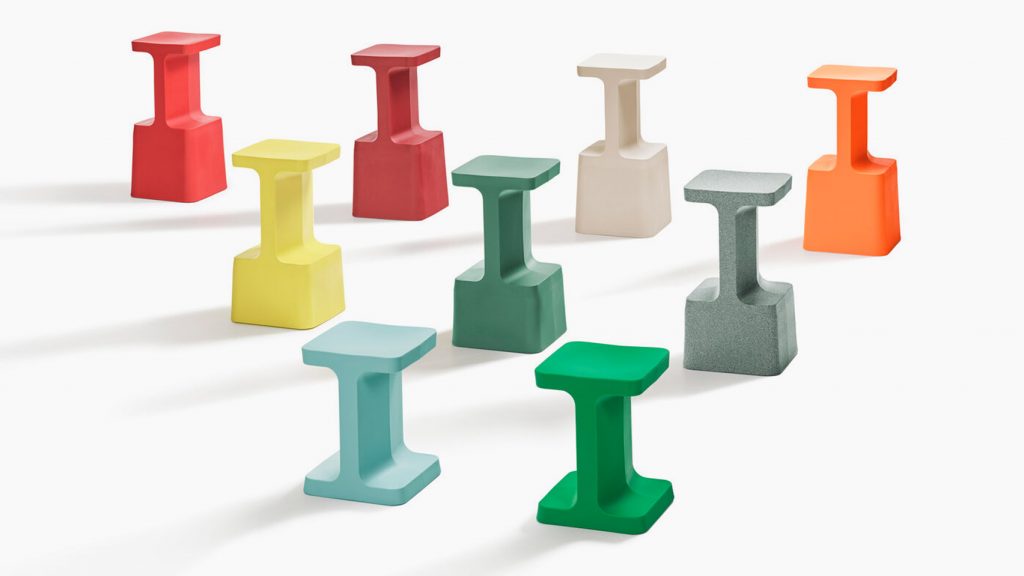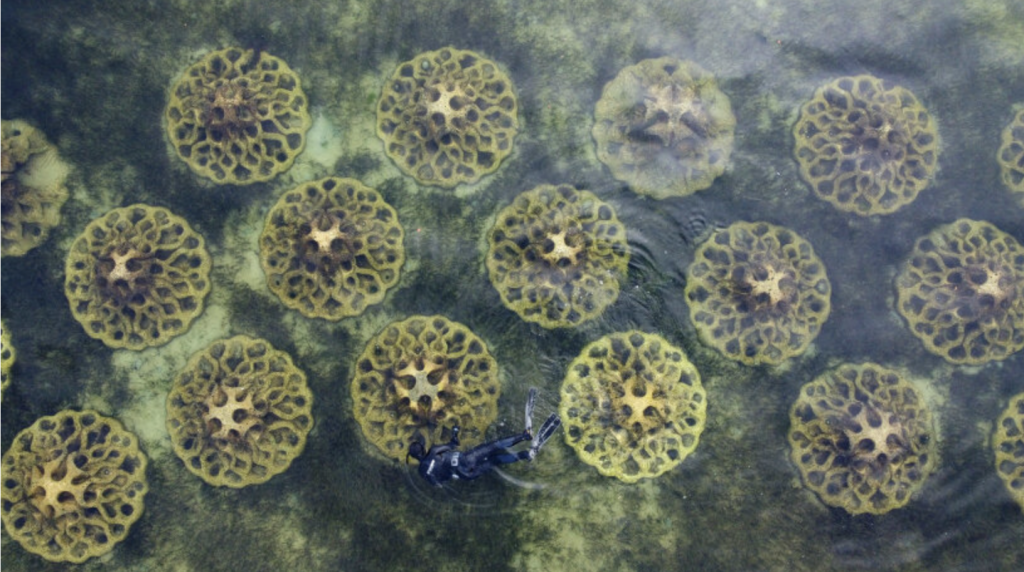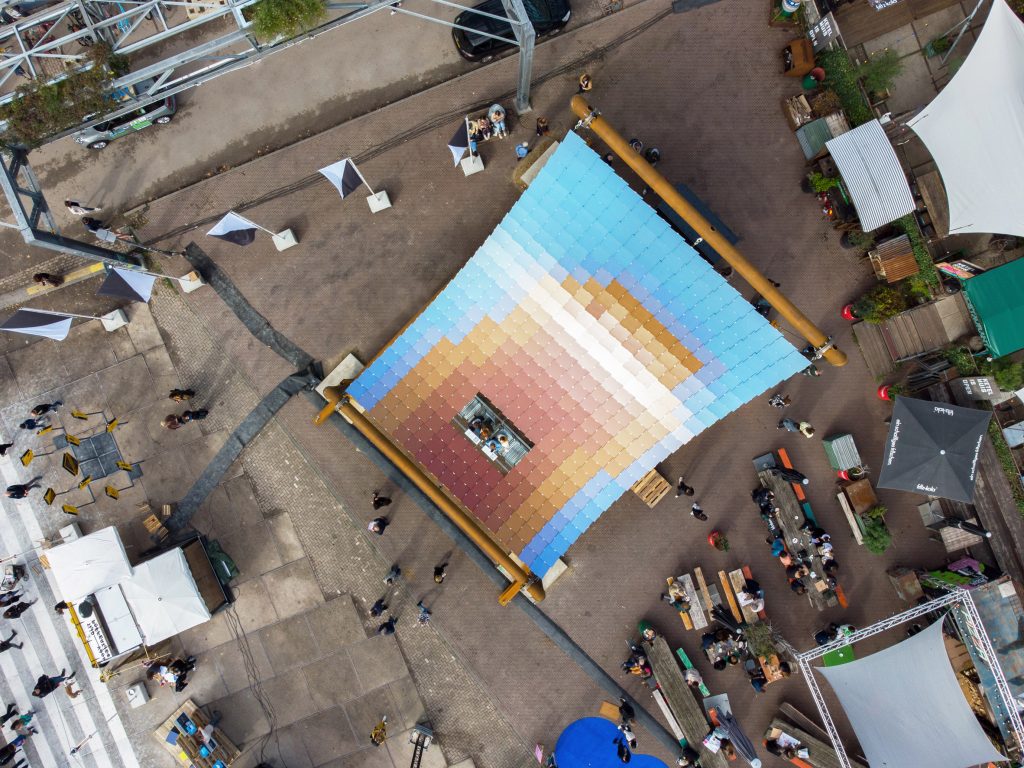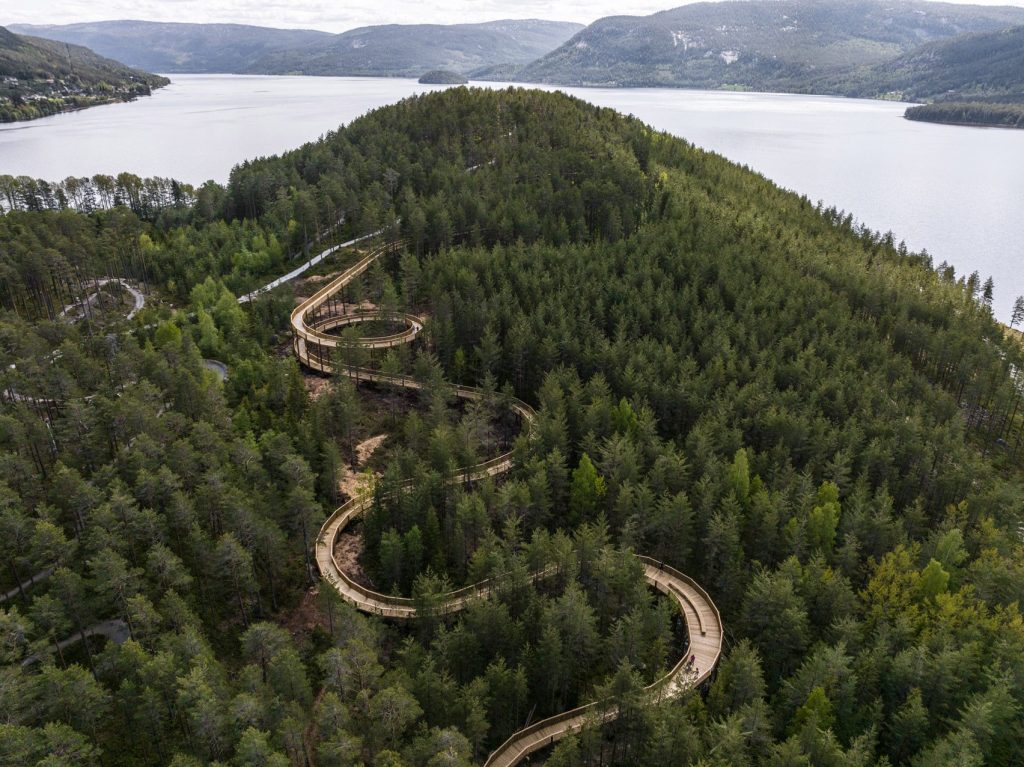The surf community has always been in the first line to protect the oceans. However, ironically, it is their surfboards that have negative impact on the environment. A single polyurethane surfboards emit up to 272 kg of carbon dioxide over its lifecycle, while polystyrene, the main component used in conventional boards, needs over 500 years to decompose. Let’s check some sustainable solutions that are excellent in terms of performance, aesthetics and innovation.
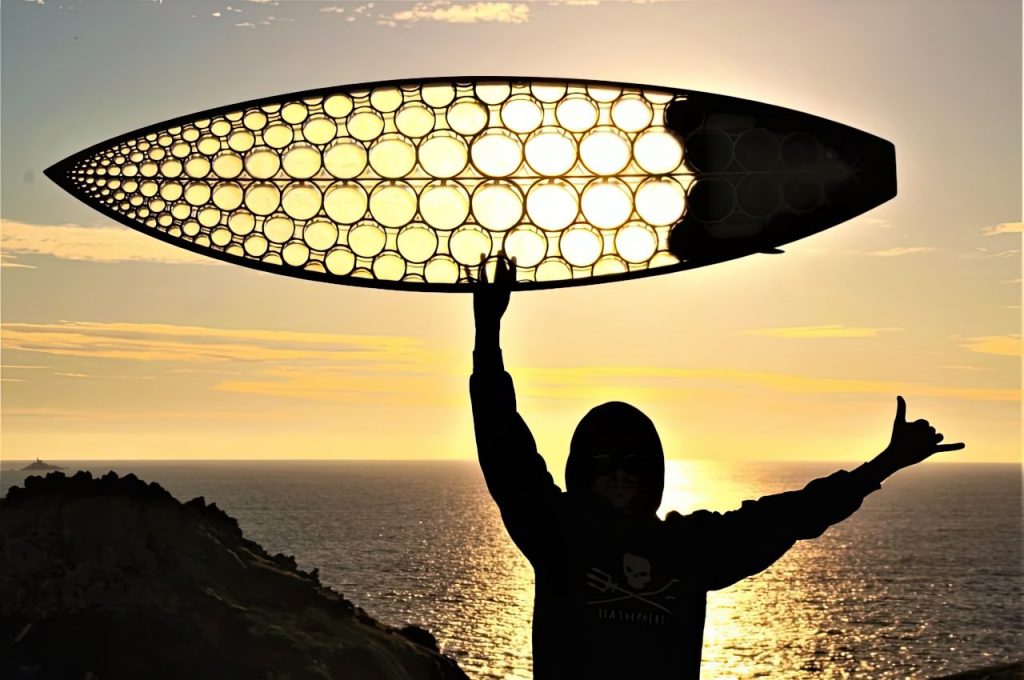
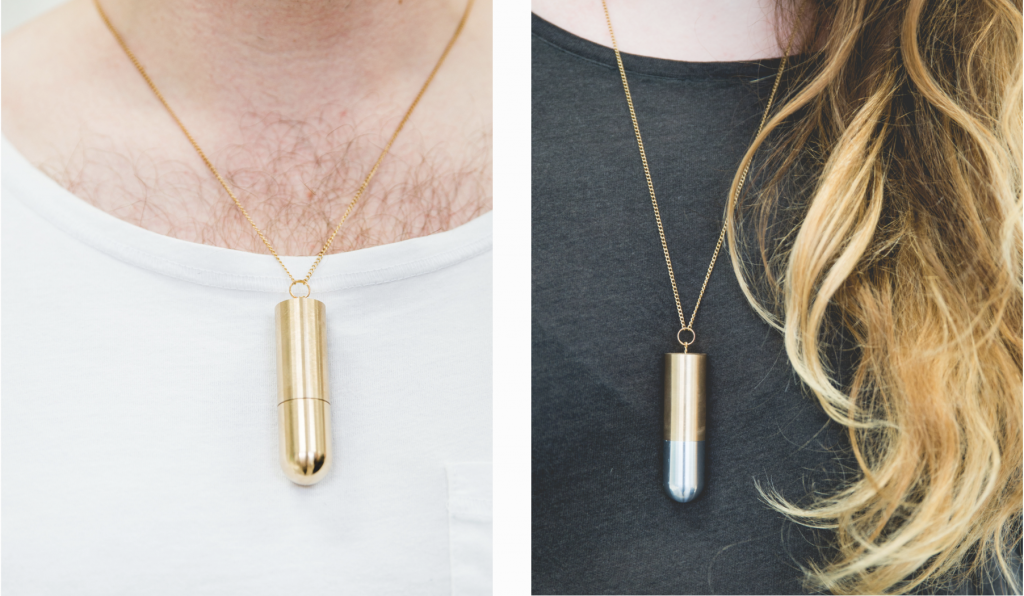
20-1024x683.jpg)
